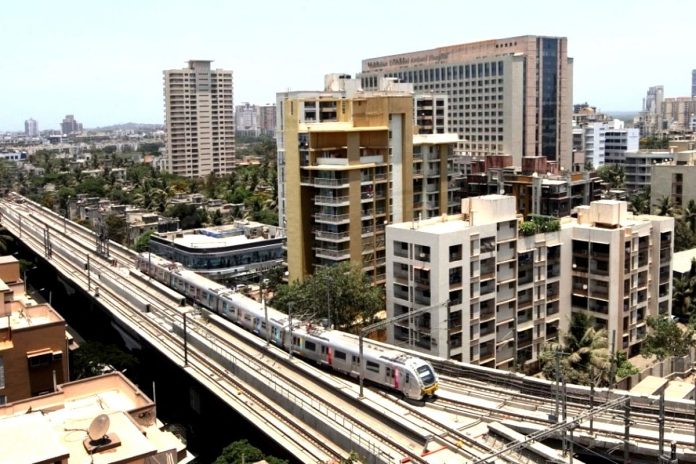The addition of the metro 2B will significantly decrease travel time and offer convenient rail access to the city’s commercial areas, government buildings, and notable landmarks.
The Mumbai Metro 2B project will be extended by an additional 1.02 km from Mandale to Cheetah Camp near Chembur.
This extension will cost Rs 205 crore and is aimed at improving interconnectivity between different transportation lines in the city, ultimately reducing travel time.
The original plan of metro 2B corridor includes 22 stations in a stretch of 23.5 km. The overall corridor is being built at an estimated cost of Rs 11,000 crore.
The proposed route will pass through SV Road, Bandra, Bandra Kurla Complex (BKC), Kurla, Chembur, Mankhurd, and Mandale. The construction of the depot at Mandale is currently underway.
This stretch is part of the larger Metro Line-2 project line connecting Dahisar-Bandra-Mankhurd.
During the executive committee meeting of the Mumbai Metropolitan Region Development Authority (MMRDA) on 23 February 2021, the extension of the Mumbai Metro 2B line to Cheetah Camp was approved.
Additionally, the construction of a station at the same location was given the green light. This extension will add 1.02 km to the existing 22.64 km line, with an additional cost of Rs 205 crore.
The approved extension of Mumbai Metro 2B will provide crucial interconnectivity among various existing transportation routes in the city.
It will link the Western Express Highway, Eastern Express Highway, Western Railway, Central Railway, Mono Rail, Metro Line 1 (Ghatkopar to Versova), Metro Line 2A (Dahisar to DN Nagar), Metro Line 4 (Wadala to Kasarvadavali), and the under-construction Metro Line 3 (Colaba to SEEPZ).
Metro Corridor 2B (in orange) with its interconnections. (Source: MMRDA)
This integrated network will greatly enhance transportation options for commuters, as per Hindustan Times report.
The addition of the metro 2B will significantly decrease travel time and offer convenient rail access to the city’s commercial areas, government buildings, and notable landmarks.


